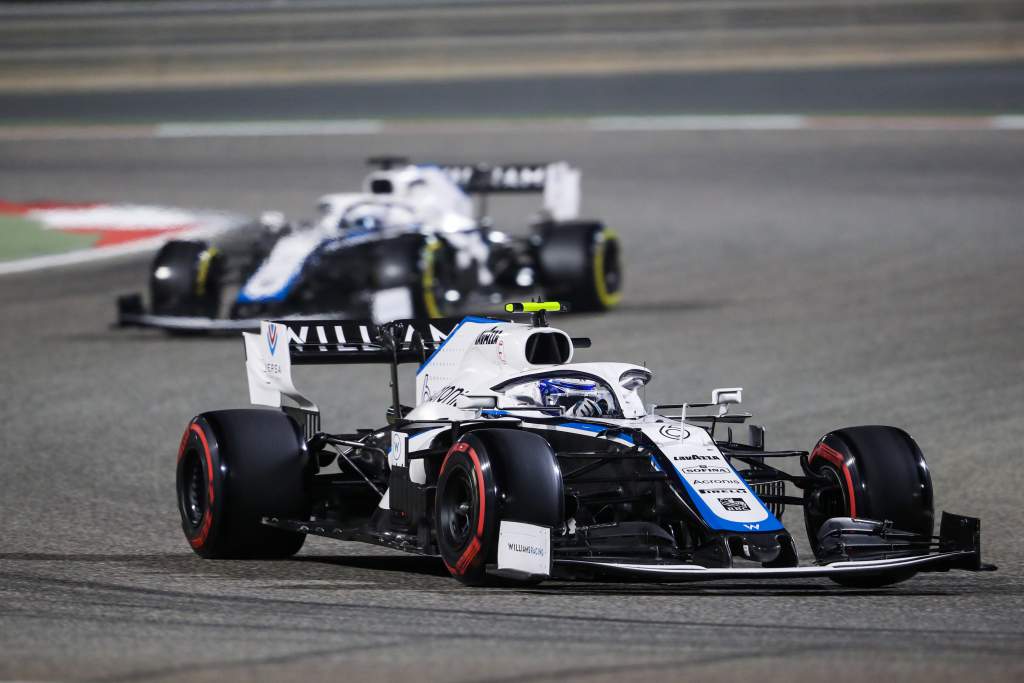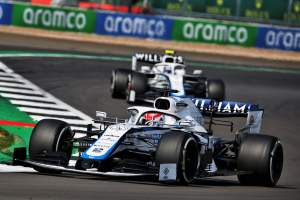Up Next

The Williams team has expanded its technical partnership with Mercedes to include the supply of more transferable components for Formula 1’s major rule changes in 2022.
Williams has used Mercedes engines since 2014, but as part of this expanded deal it will use a Mercedes gearbox and hydraulics from next season.
These fall under the new categorisation of ‘transferable components’ in F1’s technical regulations, which are those “whose design, manufacture and intellectual property resides within a single supplying competitor, or third party, but can be supplied to another customer competitor”. This is the part of the regulations that was previously split into listed and non-listed parts and now encompasses a broader set of definitions.
Williams is the last on the grid to use an aluminium gearbox casing rather than the carbonfibre designs that have become de rigeur, and the move has been made to allow its design resources to be focused on more performance-sensitive parts of the car.
While the deal is not limited to the engine, gearbox and hydraulics, team principal Simon Roberts has stressed Williams will continue to produce a significant number of components in-house.

“I’m pleased to see our great relationship with Mercedes extend beyond the supply of engines,” said Roberts.
“Williams is an independent team, but Formula 1 is always evolving, and as a team we must be agile to react to the current climate in order to put the team in the best position to be competitive on track.
“This long-term agreement with Mercedes is a positive step and forms part of our strategic objectives for the future whilst we will still retain our design and manufacturing capabilities in-house.”
Mercedes team principal Toto Wolff said that the deal was a logical move given the economies of scale in supplying another team with such components.
Mercedes already has a similar deal in place with Racing Point (Aston Martin), although Williams is understood to have no plans to follow the path trodden by the Silverstone-based team in closely following the design concept of the Mercedes.

“We are pleased to expand our technical cooperation with Williams through this new agreement,” said Wolff.
“For Williams, it makes sense to acquire the integrated powertrain after running our power units since 2014 and for our team, it makes sense in terms of economies of scale to supply another team under the new rules.
“This is a project we have been discussing with Williams for some time and I am glad we have been able to bring this extension to fruition.”
Williams remains determined to stand on its own two feet as an F1 team, having long defended the need to be a constructor in its own right.
While taking some transferable parts from Mercedes represents a softening of its position, Williams remains staunchly opposed to become a ‘B-team’, as Roberts explained in Abu Dhabi last year.
“We can see advantages but we don’t want to become a B-team,” said Roberts. “We want to retain our independence, but we want to be more competitive so we’re open to extending a relationship, but the specification of that would depend on what we think we’re strong at, internally, and where we think we need help and support.
“In simple terms, if we’re good at something and we can do it – quicker to the market, quicker to the track – we should focus on that. If there’s something we can’t do very well, then we should be prepared to buy that from whoever’s got it available and under the cost-cap, you can’t afford to be inefficient
“We need to make sure that if we’re making chassis, we’re really good at making our chassis and we apply that to everything in the car. But we are independent, we’re going to remain independent but there is scope for collaboration.”





